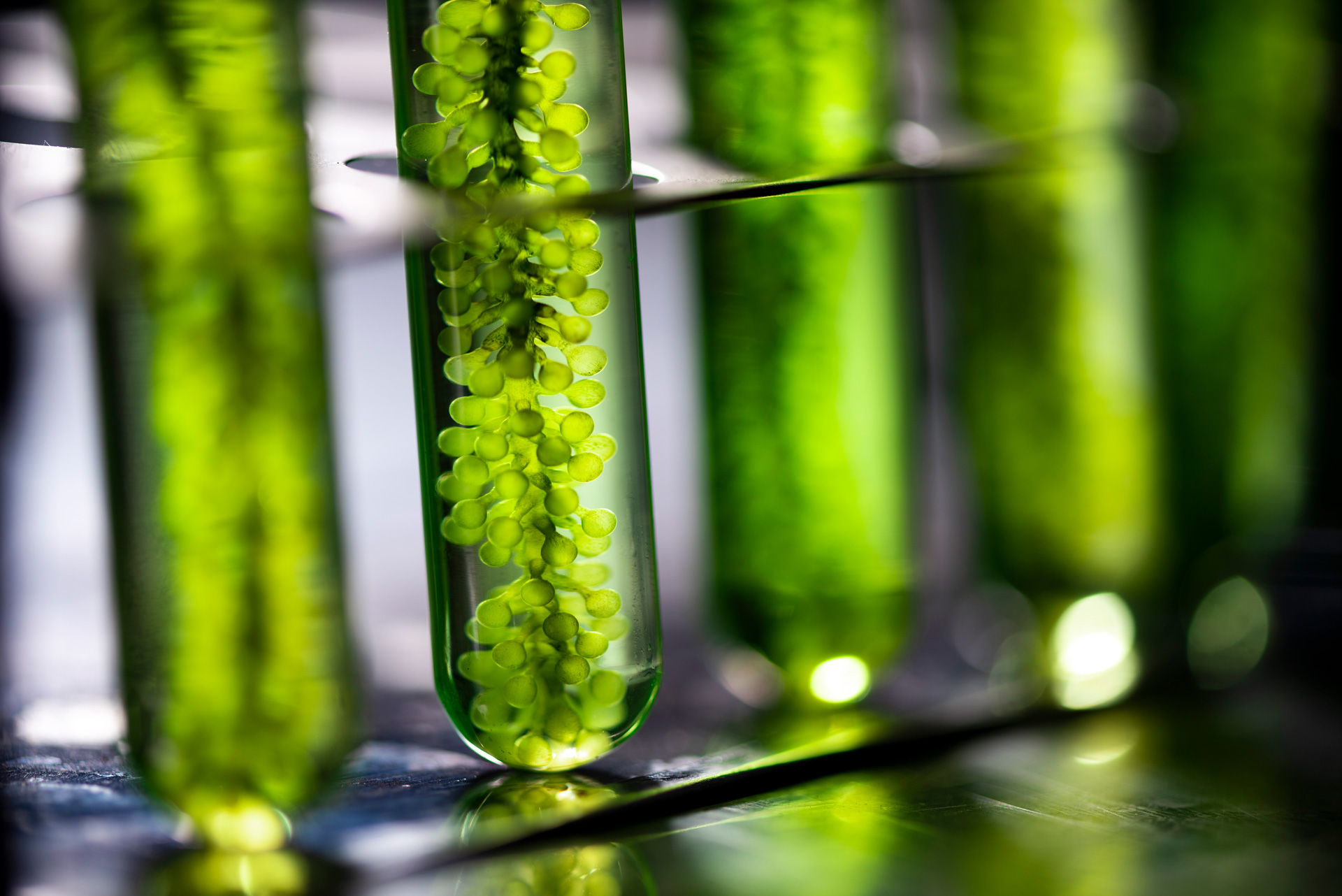I’m Aaqil Sameem, a Masters by Research student in RMIT University’s School of Engineering.
ALUMNUS - Current LinkedIn profile including contact details.
I have an interest in 3D modelling & fabrication. Prior to my Masters degree, I worked as a sales engineer in Sri Lanka, specialising in renewable energy projects. I obtained my undergraduate degree in 2016 from Kingston University (London, UK), majoring in aerospace engineering. I’m also a sports fanatic and I love spending my free time reading a good book with a hot cuppa!
I’ve had opportunities to work in a few different areas so far, ranging from renewable energy projects to electricity sales. I’ve also had the privilege of working at CSIRO as an engineering intern, which fuelled my passion for research. Thus, I started my RMIT Masters in October 2019 in the area of additive manufacturing.
Skills
- CAD (Computer Aided Design) software
- SolidWorks
- AutoCAD
- Autodesk Inventor
- Programming
- MATLAB
- Numerical Modelling
- CFD (Computational Fluid Dynamics)
- Metallography analysis
- Microscopy analysis
- Optical microscopy
- SEM (Scanning Electron Microscopy)
- EDS (Energy Dispersive Spectroscopy)
- Microhardness analysis
- Fabrication of metallic specimens using DED (Directed Energy Deposition) technique
- Machining experience via the use of a HAAS mini mill

MRes Project
Prior work
- 2016: undergraduate research project on the comparison of exhaust gases obtained using biofuel blends & diesel in a diesel engine
- Diesel engines emit environmentally damaging nitrous oxides and carbon dioxide. My research was aimed at reducing these emissions by using biofuels in different ratios. The equipment used was a gas meter & dynamometer.
- 2015-2016: undergraduate group project to design & build an amethyst glider
- The goal of this research project was to design and build an amethyst glider using CAD & CAM. SolidWorks was used to design the glider and part of it was 3D printed using ABS (acrylonitrile butadiene styrene). The wings were made using carbon fibre rods & woods for their lightweight properties.
Further information
- Senior Supervisor: Prof. Ivan Cole (RMIT University)
- Associate Supervisor: Dr. Xiao-Bo Chen (RMIT University)
- Associate Supervisor: Dr. Nazmul Alam (CSIRO alumnus)
References
- JJ Pittari et al. (2018). ‘Sintering of tungsten carbide cermets with an iron-based ternary alloy binder: Processing and thermodynamic considerations’, Int. J. Refract. Met. Hard Mater., 76, pp. 1-11, DOI: 10.1016/j.ijrmhm.2018.05.008.
- E Uhlmann, A Bergmann, and W Gridin (2015). ‘Investigation on additive manufacturing of tungsten carbide-cobalt by selective laser melting,” Procedia CIRP, 35, pp. 8-15, DOI: 10.1016/j.procir.2015.08.060.
- S Kumar (2009). ‘Manufacturing of WC–Co moulds using SLS machine’, J. Mater. Process. Technol., 209 (8), pp. 3840-3848, DOI: 10.1016/j.jmatprotec.2008.08.037.
Discover more
Centres and collaborations
Our researchers connect, create and share expertise and resources in our Research Centres and collaborations.
Research
Together with our partners we develop and apply knowledge to shape a better world.
Research partnerships
RMIT’s researchers are committed to supporting our partners to create and capture value through tailored approaches for small business through to research programs in consortiums.


